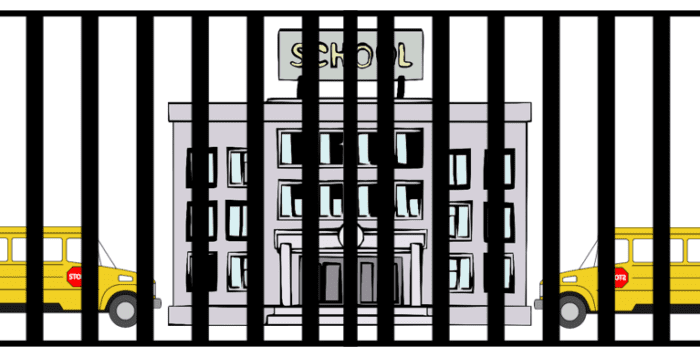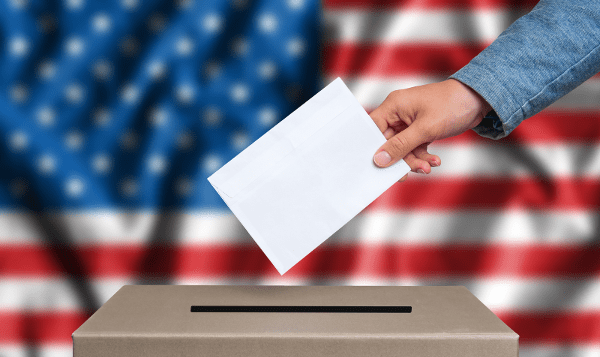By Nancy Marr
In 2009, the Suffolk County Police Department (SCPD) was investigated by the United States Department of Justice (DOJ) after the death of Marcelo Lucero, an Ecuadorian national murdered by teenagers in Patchogue. The SCPD cooperated with the DOJ investigation and signed an agreement that the SCPD would ensure that it would police equitably, respectfully and free of unlawful bias. It agreed to maintain a true Community Oriented Police Enforcement program through the County, and strengthen outreach efforts in the Latino communities.
Gov. Cuomo’s June 12 statewide Executive Order states that all police agencies must “develop a plan that reinvents and modernizes police strategies and programs in their community based on community input. Each police agency’s reform plan must address policies, procedures, practices and deployment, including, but not limited to use of force.” Police forces must adopt a plan by April 1, 2021 to be eligible for future state funding and certify that they have:
• Engaged stakeholders in a public and open process on policing strategies and tools;
• Presented a plan by chief executive and head of the local police force to the public for comment;
• After consideration of any comments, presented such plan to the local legislative body (council or legislature as appropriate) which has approved such plan (by either local law or resolution); and
• If such local government does not certify the plan, the police force may not be eligible to receive future state funding.
Governor Cuomo said, “Our law enforcement officers are essential to ensuring public safety — they literally put themselves in harm’s way every day to protect us. This emergency regulation will help rebuild that confidence and restore trust between police and the communities they serve by requiring localities to develop a new plan for policing in the community based on fact-finding and meaningful community input.”
The Suffolk County plan development will be conducted by Police Commissioner Geraldine Hart and Sheriff Errol Toulon, and will consist of stakeholders from all sectors of the county, seeking to address any racial bias, use of force, negligence and sensitivity, and about incidents where the police have reacted differently when treating minorities.
Recent review of police conduct show that the police are often tasked to deal with issues of mental health, homelessness and addiction as often as crime prevention or property protection. Many communities have developed programs to respond with mental health workers, either before or with the police. Since 1989, in Eugene Oregon, a mobile crisis intervention team (Cahoots) responds to calls involving people who may be in mental distress. Police back-up is called in only when necessary. Examples of programs are numerous, but each jurisdiction has its own data, issues and challenges.
Open meetings and providing information to the public through the media will be needed to engage community members in the process. It is a chance for the community to get a fuller understanding of how a police and community relationship based on trust, fairness, accountability and transparency, necessary to reduce any racial disparities in policing is truly possible.
Suffolk County’s success will depend on the commitment of County Executive Steve Bellone to promptly and transparently communicate his support, and not interfere in the forums while listening to the concerns and passions of stakeholders. Nassau County already has announced the beginning of their process, while all is quiet in Suffolk County.
Engaging representatives of groups with different perspectives and experiences, in a facilitated non-judgmental setting, is a step toward creating a community that treats everyone fairly. Please reach out to our County Executive and your County Legislator to support a process that engages participants through the county in a fair and honest evaluation of police practices, and envisions new ways of approaching community safety and social justice. Time is of the essence!
Nancy Marr is first vice president of the League of Women Voters of Suffolk County, a nonprofit, nonpartisan organization that encourages the informed and active participation of citizens in government and influences public policy through education and advocacy. For more information, visit www.lwv-suffolkcounty.org or call 631-862-6860.

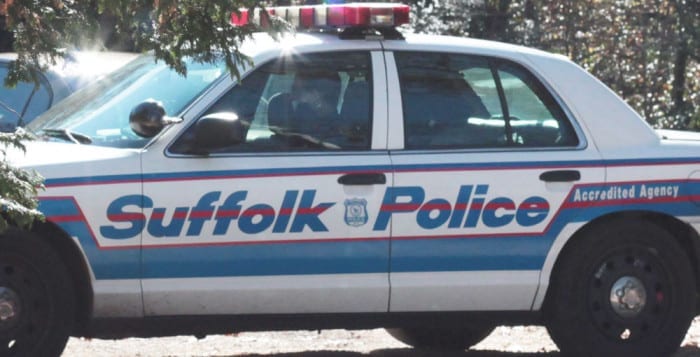
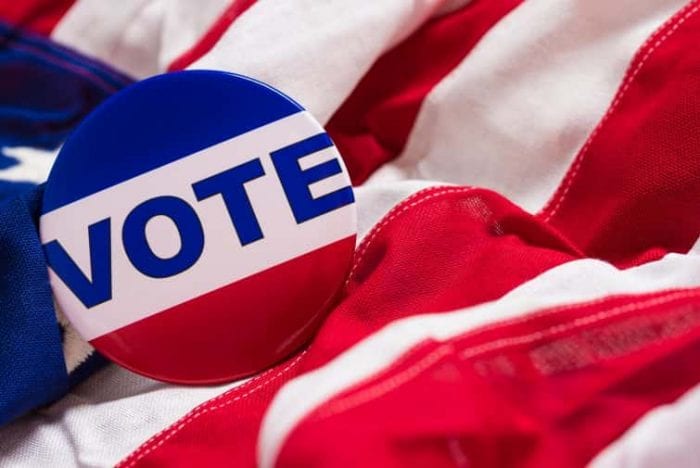


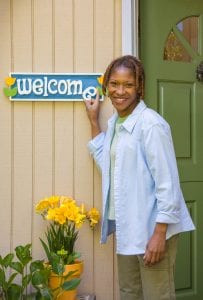 Blatant discrimination began to give way to steering; black house hunters were shown homes only in minority or integrated areas while whites were shown houses in overwhelmingly white areas. As people of color began to buy homes in mostly white areas, block busting by real estate brokers took advantage of the situation by scaring white homeowners into selling their homes at lowered prices.
Blatant discrimination began to give way to steering; black house hunters were shown homes only in minority or integrated areas while whites were shown houses in overwhelmingly white areas. As people of color began to buy homes in mostly white areas, block busting by real estate brokers took advantage of the situation by scaring white homeowners into selling their homes at lowered prices.

